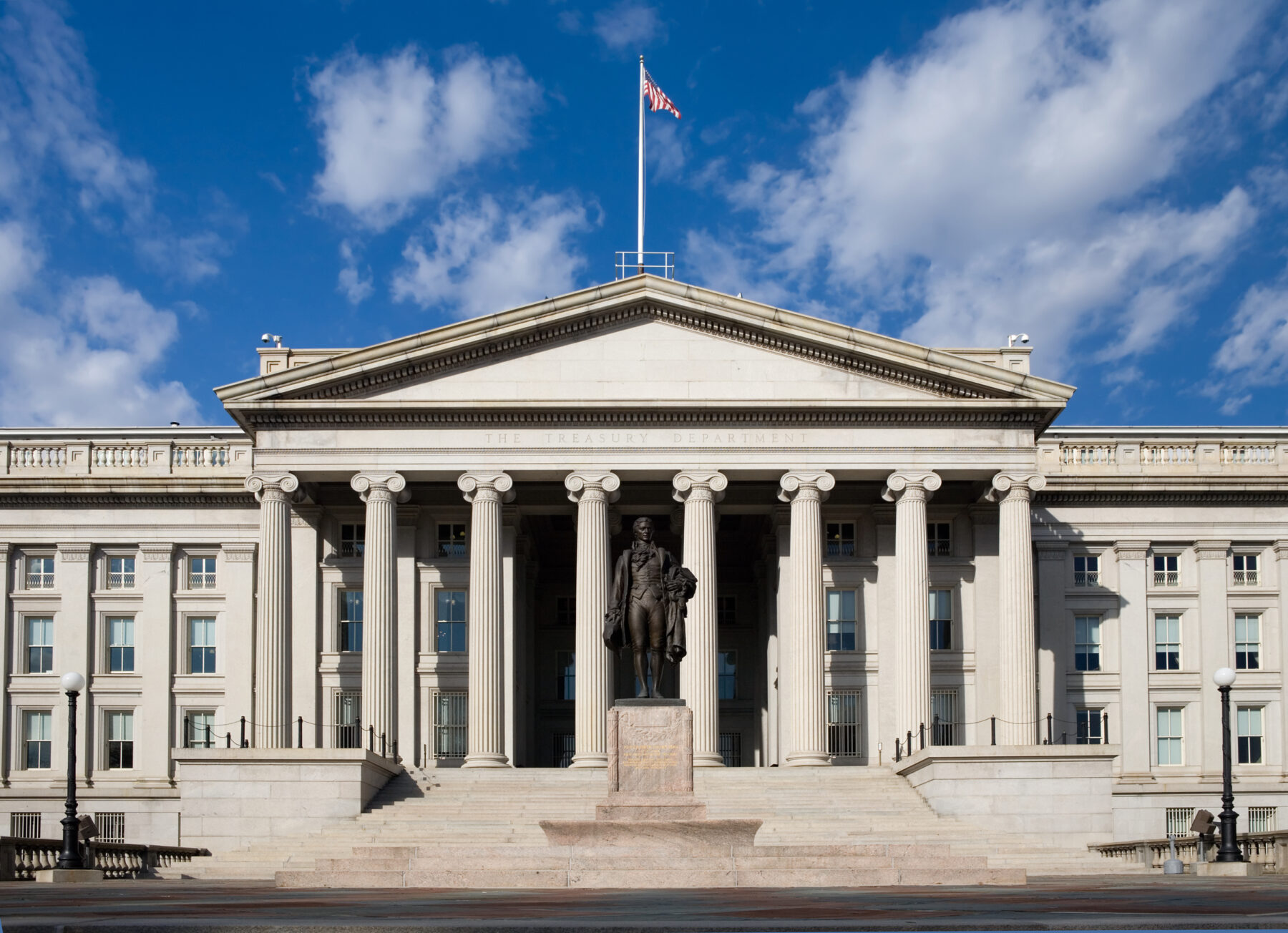The federal government disbursed a reported $2.7 trillion in improper payments—amounts that either should not have been paid, were made for the incorrect amount, or otherwise lacked fidelity — over the past 20 years. In fact, agencies’ self-reported improper payments have risen steadily throughout the 21st century, driven by increased reporting requirements, improved identification, and higher spending levels. The portion attributable to fraud constitutes improper in its most egregious form and warrants intensified prevention, detection, and response.
The House Budget Committee recently approved legislation requiring the president to include additional improper payments information in the annual White House budget request. Another bill would designate new programs expecting to make $100 million in payments annually as susceptible to significant improper payments. These bills represent multiple steps in the right direction, but the path to eliminating improper payments is long and winding.
To learn more about this reporting read the full op-ed here.



